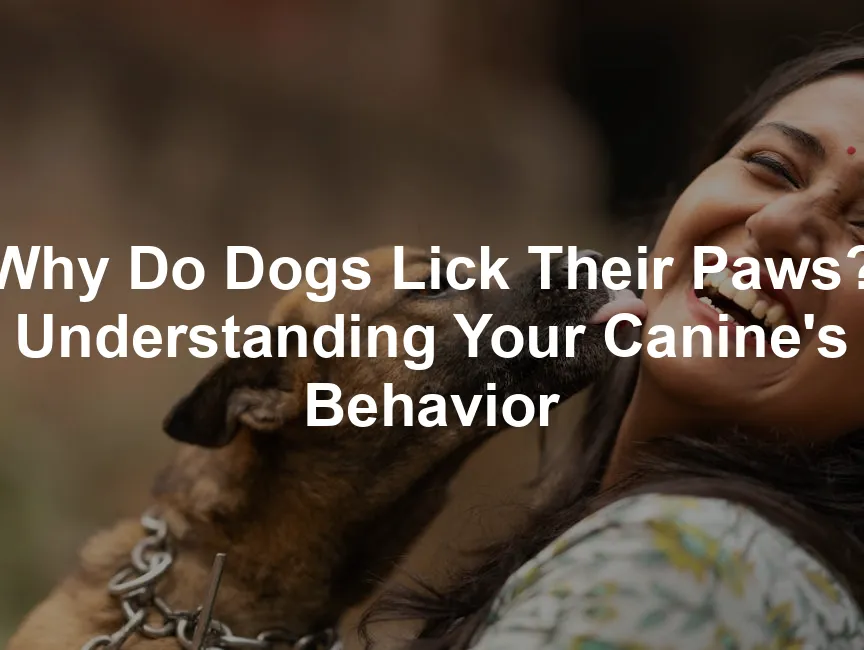
Why Do Dogs Lick Their Paws? Understanding Your Canine’s Behavior
Introduction
In the world of canine quirks, few behaviors are as puzzling or endearing as a dog licking its paws. Whether it’s a gentle grooming ritual or an incessant obsession, the reasons behind this behavior can vary widely. Are they simply keeping clean, or is there something more sinister at play?
Occasional paw licking is a natural part of a dog’s grooming routine. Just like humans wash their hands after eating, dogs lick their paws to remove dirt and debris. After a romp in the park, it’s like their little way of saying, “Ah, much better!” But there’s a flip side. If your pup is licking their paws like they just won the dog lottery, it could signal an underlying issue.
From allergies to injuries, the motivations for this behavior can range from benign to concerning. Skin irritations or infections might be lurking beneath that adorable exterior. And let’s not forget the mental health aspect—boredom or anxiety can manifest in some pretty quirky ways, including excessive licking.
So, what’s a concerned dog parent to do? This article will shine a light on the mysterious world of dog paw licking. We’ll cover everything from self-grooming habits to potential health issues. Along the way, we’ll give you the inside scoop on what behavior is normal and when it’s time to pick up the phone and call your vet. So grab a cup of coffee, sit back, and let’s unravel the mystery of why your furry friend can’t seem to keep their tongue off their paws!
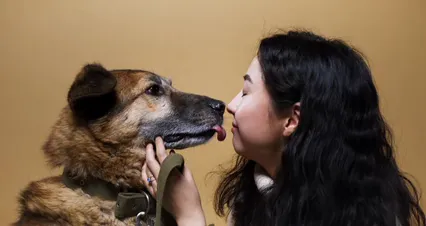
Summary of Key Points
Understanding dog paw licking starts with recognizing that while occasional licking is typical, excessive licking often signals underlying issues. Dogs lick their paws for several reasons, including self-grooming, allergies, and injuries. Allergies can stem from environmental factors or food, leading to itchy, uncomfortable paws. It’s essential to monitor your dog’s licking habits, as excessive behavior can lead to skin infections.
If you notice signs of pain, swelling, or persistent licking, it’s crucial to seek veterinary help. Your vet can determine the cause and suggest appropriate treatments. Preventative measures, such as regular paw cleaning and providing mental stimulation, can help reduce excessive licking. By keeping an eye on your pup’s behavior and addressing any issues, you can ensure their happiness and health.
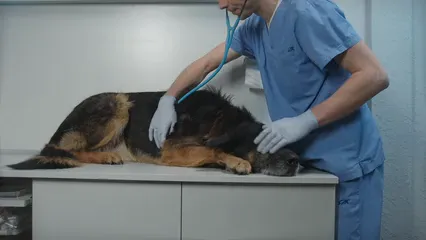
Understanding Dog Paw Licking
What is Normal Paw Licking?
Dogs, those lovable furballs, have a natural inclination for self-grooming. Just like we humans wash our hands after munching on snacks, dogs lick their paws to tidy up. This behavior helps them remove dirt, debris, or any pesky little things that might latch onto their adorable feet during outdoor escapades.
But let’s be clear: not all licking is equal. A quick lick here and there, especially after a walk, is as normal as your neighbor’s cat eyeing you suspiciously. However, if your dog starts licking with the fervor of a contestant on a reality show, it could be time to pay attention. Excessive licking that seems almost obsessive is a red flag. It can indicate problems ranging from skin irritations to emotional stress.
So, how can you tell the difference? Normal licking is occasional, brief, and doesn’t lead to noticeable changes in the skin or behavior. In contrast, excessive licking often results in raw, irritated, or even infected skin. If your pup’s paws start looking like they’ve been through a battle, it’s definitely time to investigate further.
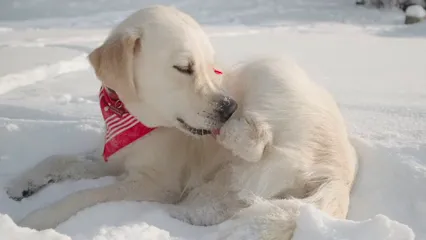
Self-Grooming vs. Excessive Licking
Understanding the distinction between self-grooming and excessive licking can be a game changer for paw health. Think of it this way: self-grooming is like a quick refresh, while excessive licking is more akin to an obsessive cleaning spree that just won’t quit.
For example, after a delightful romp at the park, you might see your dog giving their paws a once-over. This is completely normal! They’re just ensuring they’re not bringing home dirt from their adventure. On the flip side, if your dog is licking a single paw repeatedly, it might signal an injury or irritant that needs your attention.
Here’s a handy rule of thumb: if your dog is licking their paws after an outdoor adventure or a meal, that’s typical behavior. But if the licking seems constant, or there’s redness or swelling involved, consider it a cause for concern. It’s always best to consult a vet if the licking habits change drastically or persist over time. After all, you want your furry friend to be healthy and happy!

Common Reasons for Paw Licking
Skin Irritation and Allergies
Environmental Allergies
Just like us, dogs can have allergies. Picture this: your dog frolics in the grass, unaware that pollen is lurking like a sneaky villain. Common allergens include pollen, dust mites, and mold. If your dog is licking their paws excessively during certain seasons or after walks, environmental allergies might be to blame. Look for signs like sneezing or watery eyes, and consult your vet for potential treatments.
To help your dog combat these pesky allergies, consider using Zesty Paws Allergy Immune Supplement for Dogs. This supplement can support your dog’s immune system and reduce allergy symptoms, helping them enjoy outdoor fun without the itch!
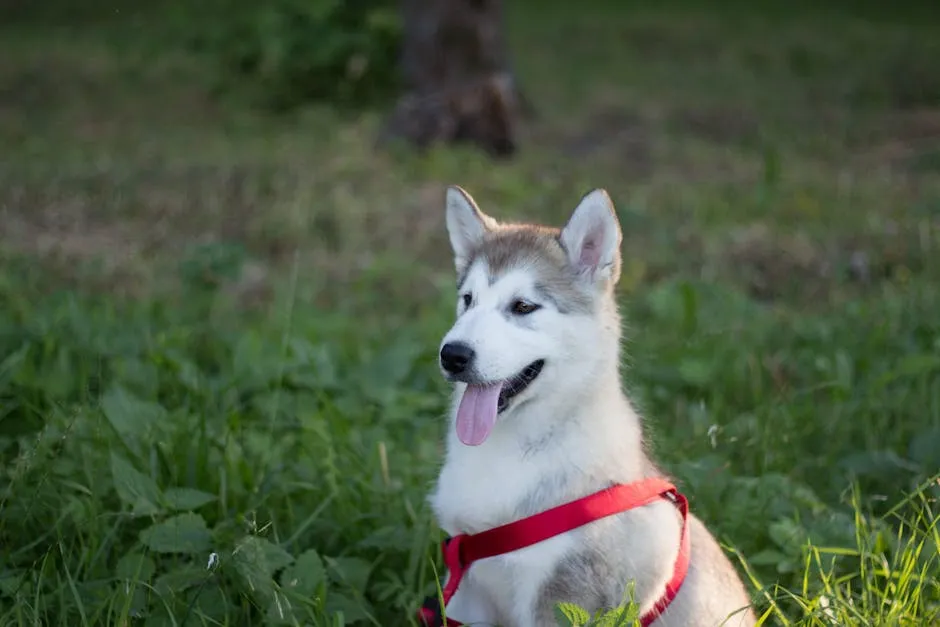
Food Allergies
Food allergies can also lead to paw licking. Ingredients like chicken, beef, or grains could trigger reactions, making those paws feel itchy and uncomfortable. Keep an eye on when the licking occurs. If it happens post-meal, consider discussing dietary changes with your vet.
Injuries or Pain
Injuries
Sometimes, our adventurous pups get a little too excited and end up with injuries. Cuts, scrapes, or even foreign objects stuck in their paws can cause discomfort. If you notice your dog licking a specific paw more than others, it’s time for a thorough inspection. Look for cuts, swelling, or anything unusual that might require a vet’s expertise.
To keep your dog’s paws healthy and avoid injuries, consider investing in a PetSafe Easy Walk Dog Harness. This harness provides comfort and control while walking, reducing the chances of pulling that could lead to paw injuries.
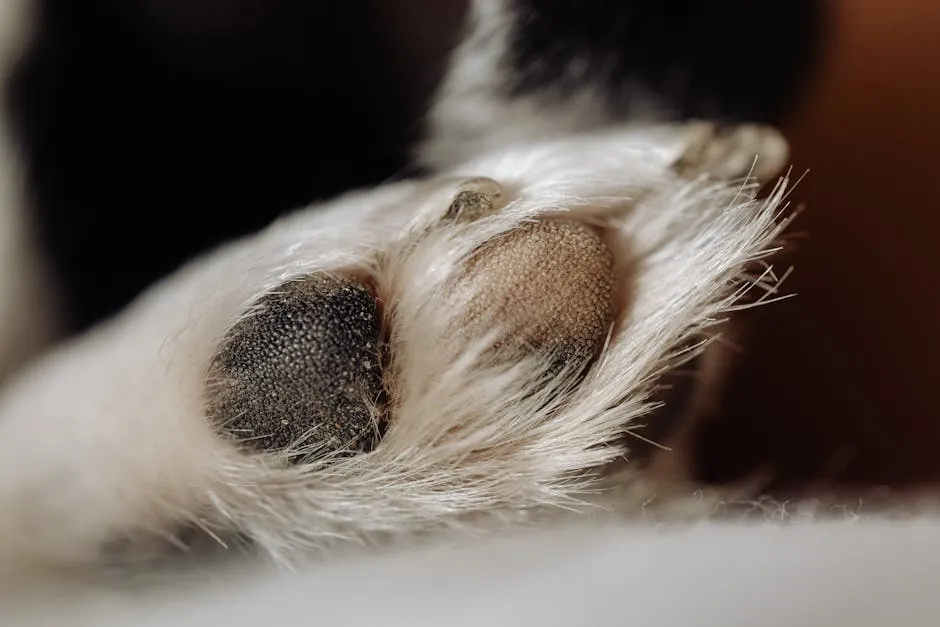
Underlying Pain
Licking can also indicate deeper issues, like arthritis. When your dog is in pain, they might lick their paws as a form of self-soothing. If your dog seems hesitant to move or shows signs of discomfort, consulting your veterinarian is key. They can help identify the root cause and suggest appropriate treatments.
Behavioral Issues
Boredom
Dogs are social creatures that need mental stimulation. If they’re left alone for too long, boredom can kick in, leading to destructive behaviors like paw licking. Consider increasing playtime, introducing interactive toys, or even engaging them in new activities. A happy dog is a busy dog!
To keep your pup entertained, check out the Outward Hound Hide-A-Squirrel Puzzle Toy. This toy provides mental stimulation and keeps your dog engaged, reducing the likelihood of boredom-induced licking!
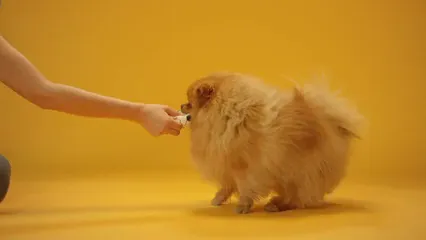
Anxiety
Just like humans, dogs can experience anxiety. Changes in routine, loud noises, or unfamiliar environments can trigger stress, leading to excessive paw licking. If your pup is exhibiting signs of anxiety, like panting or pacing, look into calming strategies or consult a professional for help.
To help soothe your anxious pup, you might want to try the Thundershirt Classic Dog Anxiety Jacket. This snug fitting garment can provide comfort during stressful situations, helping your dog feel more secure and relaxed.
Understanding coping strategies can be essential for managing anxiety in dogs. why are coping strategies essential for handling anxiety in daily life
Secondary Infections
Excessive licking can lead to bacterial or yeast infections. When your dog licks their paws consistently, it creates a moist environment that invites these pesky germs. Keep an eye out for symptoms like redness, swelling, or an unusual odor. If you suspect an infection, reach out to your vet for prompt treatment. Catching it early can save your pup from unnecessary discomfort.
To help manage and reduce infections, consider using Vet’s Best Dog Ear Cleaner. This cleaner can help remove wax and debris, preventing ear infections that can sometimes accompany paw issues.
By understanding the reasons behind your dog’s paw licking, you can take proactive steps to ensure their health and happiness. Always keep an eye on those adorable paws—because a happy pup is a healthy pup!
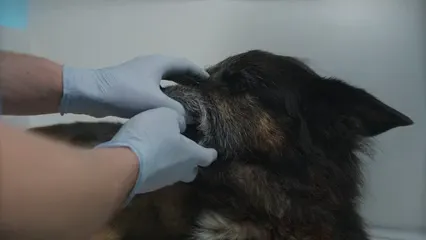
Identifying When Paw Licking is a Problem
Signs of Concern
Paw licking can be a normal behavior, but excessive licking often indicates underlying issues. Be on the lookout for these red flags:
- Redness or Swelling: If your dog’s paws appear red or swollen, it’s a sign of irritation or infection. This could be due to allergies or injuries.
- Hair Loss or Skin Lesions: Excessive licking can lead to fur loss and skin damage. You might notice bald patches or lesions that could become infected if not addressed quickly.
- Odors or Discharge: A foul smell or any discharge from the paw can indicate a serious issue, like a bacterial or yeast infection. If your dog’s paws are emitting an unpleasant odor, don’t hesitate to consult your vet.
Recognizing these signs early can prevent more serious health problems. If you notice any of these symptoms, it’s time to take action.
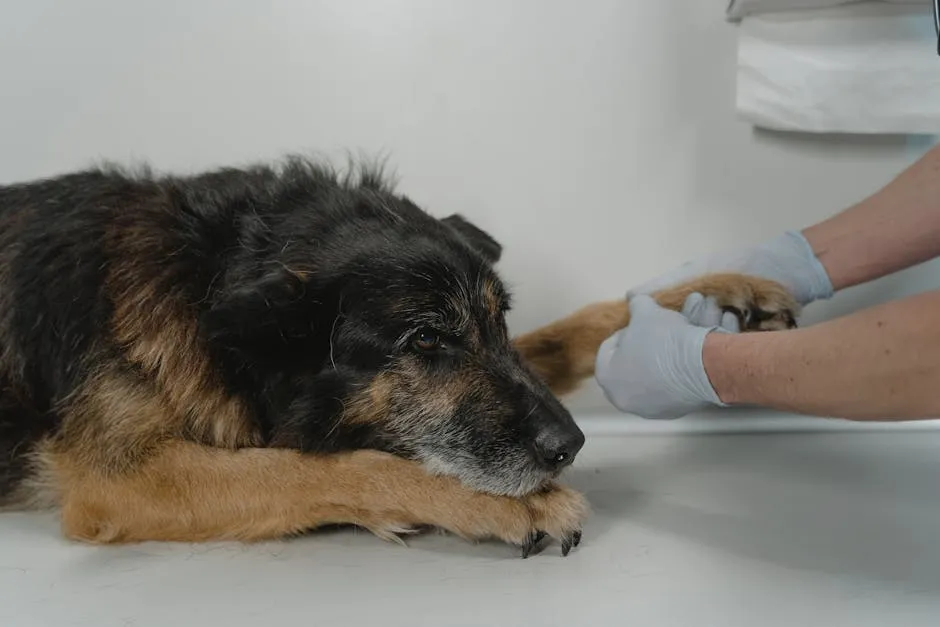
Monitoring Behavior
Monitoring your dog’s licking habits is crucial. Here are some tips to help identify triggers:
- Keep a Log: Track when your dog licks their paws. Is it after walks, during specific seasons, or after eating? Noting these patterns can help you determine if allergies or irritants are the culprits.
- Inspect the Environment: Look for potential triggers in your home or yard. Are there new plants, chemicals, or foods that could be causing reactions?
- Behavioral Changes: Pay attention to your dog’s overall behavior. If they seem anxious or bored, consider providing more mental stimulation or exercise. Engaging your dog in regular play can help reduce compulsive licking.
By actively monitoring your dog’s behavior and environment, you can better identify the causes of excessive paw licking and take appropriate action.
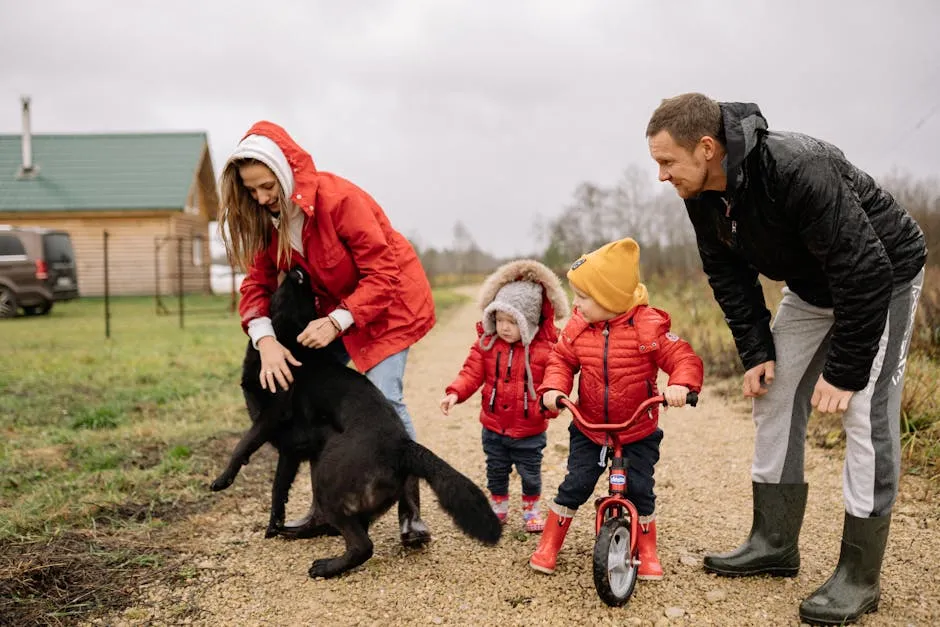
Treatment and Prevention Strategies
Home Remedies and Care
Simple home remedies can help manage mild issues and prevent excessive licking:
- Cleaning Paws Post-Walk: After outdoor adventures, wipe your dog’s paws with a damp cloth to remove allergens. This simple step can make a significant difference in reducing irritation.
- Paw Balms and Moisturizers: Consider applying pet-safe paw balms to protect and soothe your dog’s paw pads. These products can help with dryness and irritation, especially in harsh weather conditions. Try using Dog Paw Balm for extra protection!
- Soothing Baths: Giving your dog a bath with a gentle, hypoallergenic shampoo can remove allergens and soothe irritated skin. Just be sure to dry their paws thoroughly afterward to prevent moisture buildup.
Taking these proactive steps can help keep your dog’s paws healthy and comfortable while minimizing the chances of excessive licking. By addressing minor issues at home, you can help your furry friend feel their best!
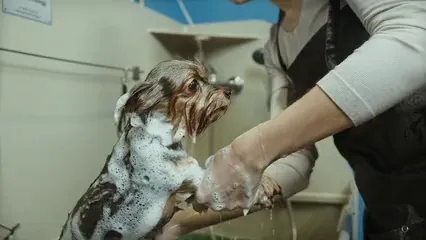
Professional Help
When it comes to your dog’s paw licking, knowing when to consult a veterinarian is crucial. If your canine companion is licking their paws excessively, it often signals an underlying issue that requires professional attention. Keep an eye out for signs such as redness, swelling, or excessive discomfort. If your dog seems to be in pain or if the licking continues despite your interventions, it’s time to reach out to your vet.
Common scenarios warranting a visit include persistent licking of a particular paw, which could indicate an injury or infection. If your dog’s licking is accompanied by changes in appetite, lethargy, or unusual behavior, don’t hesitate to make that appointment. Your veterinarian can conduct a thorough examination and determine the root cause of the licking.
Potential treatments may involve allergy testing. This can help identify specific allergens affecting your dog, whether environmental or food-related. If allergies are confirmed, medication such as antihistamines or corticosteroids may be prescribed to alleviate symptoms. In cases of infections, antibiotics or antifungal treatments may be necessary to clear up the issue. Remember, it’s always better to err on the side of caution when it comes to your furry friend’s health.
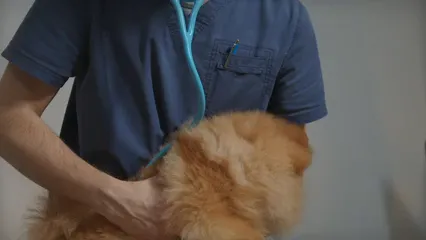
Behavioral Modifications
Addressing your dog’s boredom or anxiety can significantly reduce excessive paw licking. Increasing exercise is a simple yet effective way to keep your dog engaged. More walks, playtime, or even doggy sports can help tire them out and alleviate stress. Remember, a tired dog is generally a happy dog!
Providing interactive toys can also be a game changer. Puzzle toys challenge your pup mentally and physically, redirecting their energy away from licking. Consider using the KONG Classic Dog Toy. Not only does it provide entertainment, but it also satisfies their natural urge to chew!
If anxiety seems to be the issue, consider calming products like anxiety wraps or consult your vet for tailored solutions. A SmartPetLove Snuggle Puppy Behavioral Aid can provide comfort and companionship, helping to ease your pup’s anxiety!
Ultimately, keeping your dog engaged and happy is key in preventing excessive licking. By implementing these behavioral modifications, you can help create a more relaxed and satisfied pup, reducing the urge to lick those adorable paws.
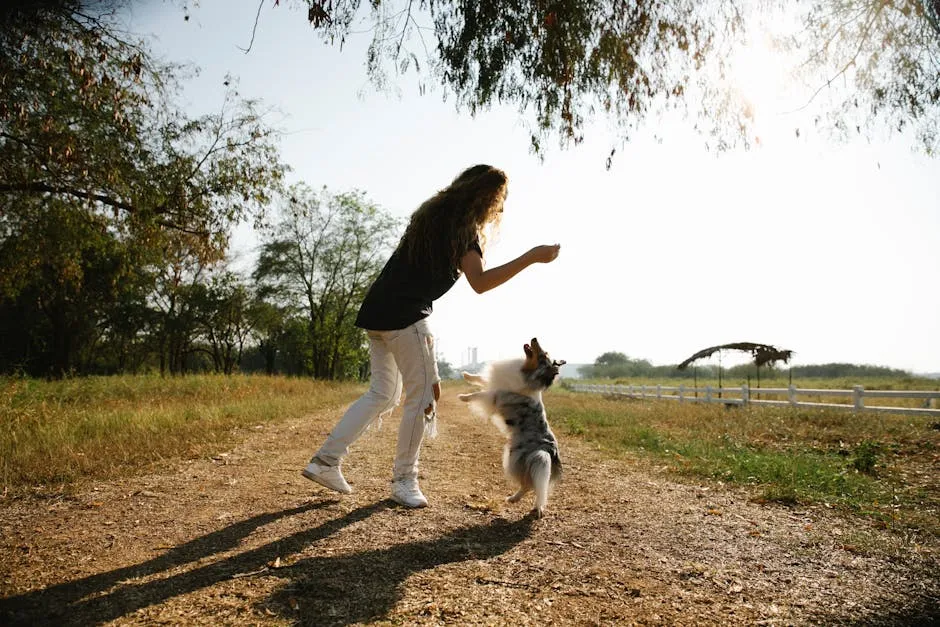
Conclusion
In summary, while occasional paw licking is a natural part of a dog’s grooming routine, excessive licking can signal underlying health issues or behavioral problems. Being proactive about your dog’s paw health can help prevent more serious complications, ensuring your furry friend remains happy and healthy. Always monitor their behavior and consult with a veterinarian when in doubt.
Understanding your dog’s habits and needs is a vital part of being a responsible pet owner. Remember, your pup relies on you to recognize when something isn’t right. By staying observant and informed, you can address potential issues before they escalate. Keep in mind that a dog’s paws are not just a cute accessory; they’re essential for their well-being.
So, the next time you catch your dog licking their paws, take a moment to consider the reasons behind it. Is it just a quick clean-up after a walk, or is it something more? By combining vigilance with a sprinkle of humor, you can navigate the world of dog ownership with confidence. After all, a healthy dog is a happy dog, and your furry friend deserves the best care possible.
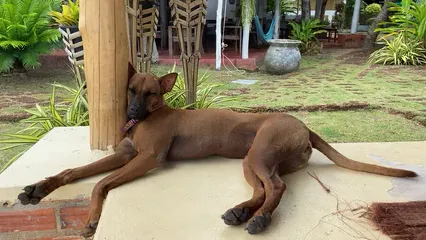
FAQs
Is it normal for my dog to lick their paws occasionally?
Absolutely! Dogs are like little hygiene enthusiasts. Occasional paw licking is part of their natural grooming routine. After a long day of sniffing around and playing outside, your pup may simply want to wipe off those pesky leaves or dirt. Think of it as their version of a post-meal cleanup. However, if your dog starts licking their paws like they’re auditioning for a tongue-lympics, it’s time to pay attention. Frequent or obsessive licking can indicate underlying issues such as allergies, irritations, or even boredom. If your dog’s licking leads to red, irritated skin or they seem distressed, it’s time for a vet visit. So, while a little licking is normal, excessive behavior is a red flag!
How can I tell if my dog has an allergy?
Allergies in dogs can be tricky to spot. Watch for these common symptoms: persistent itching, paw licking, sneezing, or even watery eyes. If your dog’s paws are red or inflamed, that’s another clue. Keep an eye out for any unusual odors or skin lesions too. Food allergies often manifest as gastrointestinal issues or skin irritations after meals. So, if your pup is licking their paws right after chowing down, it might be time to consult your vet. They can perform tests to pinpoint the allergy, whether it’s environmental or food-related. Knowing the cause can help you find effective treatment and keep your furry friend comfortable!
What should I do if my dog has a cut on their paw?
Got a little accident on your hands? First, stay calm! Inspect the paw carefully for cuts, scrapes, or foreign objects. If it’s just a small cut, you can clean it gently with lukewarm water. Pat it dry, then apply a pet-safe antiseptic ointment. Bandaging might be necessary to prevent further licking, but make sure it’s not too tight! If the cut looks deep, won’t stop bleeding, or if your dog seems to be in pain, it’s time to call in the pros. A veterinarian can assess the injury and suggest appropriate treatments. Don’t forget to keep an eye on your dog’s licking habits; excessive licking can lead to infections, which is a whole other ballgame.
Can excessive licking cause infections?
Yes, it can! Those adorable pups have saliva that’s loaded with bacteria. When your dog licks their paws obsessively, it creates a moist environment perfect for bacterial or yeast infections to thrive. This can lead to redness, swelling, and even foul odors. To prevent this, monitor your dog’s licking habits. If you notice excessive licking, try to identify the underlying cause—whether it’s allergies, injuries, or boredom. Promptly addressing these issues can help prevent infections from taking hold. If you suspect an infection, don’t hesitate to reach out to your vet for diagnosis and treatment. Your dog’s health is worth it!
Are there specific breeds that lick their paws more than others?
Indeed, some breeds are more prone to paw licking than others. For instance, breeds like Terriers and Bulldogs often have allergies, making them more susceptible to licking behaviors. Additionally, dogs with anxiety or stress issues, regardless of breed, may engage in excessive licking as a self-soothing mechanism. Genetic factors can also play a role. Certain breeds may have skin conditions or sensitivities that lead to increased licking. If your dog belongs to a breed known for these tendencies, be vigilant about their paw health and behavior. Regular vet check-ups can help address any breed-specific concerns early on.
Please let us know what you think about our content by leaving a comment down below!
Thank you for reading till here 🙂
All images from Pexels




